This might seem an odd thing to say about what is year upon year one of Britain’s best-selling cars, but is the Vauxhall Corsa underrated?
I must see Corsas all the time. Several times a day. But honestly, when did I really last think about a Corsa? I couldn’t tell you.
When did one occupy my mind in the way I think about, I don’t know, a Tesla, or a BMW 3 Series, or even a Mini? No idea. It’s just there, the Corsa, always ticking along, clearly bought and used by loads of people, but it also feels – and this might be just me – weirdly taken for granted, like using your not-favourite teaspoon.
Anyway, having thought about one, I thought I should spend some time with one. And to stay on a similar theme, I thought I should use the Corsa to visit to some underrated places that I also neglect – places that are always there and available but which I also overlook too readily.
I’m embarrassed to say car museums, in general, are a bit like that for me. I often end up at the British Motor Museum because Steve Cropley is there a lot (he’s a trustee) and I frequently record a podcast with him there (we might have mentioned it…).
And you would be appalled to note the cars I casually walk past with barely a sideways glance on my way to a meeting room to see him. Oh, that was the one- off Lightning GT and the 1938 Issigonis Special I just ignored, was it? Honestly, it’s almost criminal how neglectful I am. It’s time to put that right.
So Vauxhall sent me a Corsa, specifically a Hybrid 100PS (99bhp) GS, which marries a 1.2-litre three-cylinder turbo petrol engine to some light 48V electrification, plus a six-speed dual-clutch gearbox, to make a supermini that returns 62.8mpg and 104g/km of CO2 and goes from 0-62mph in 10.7sec. It costs £25,280, because despite what muscle memory thinks, superminis haven’t been 15 grand for years.
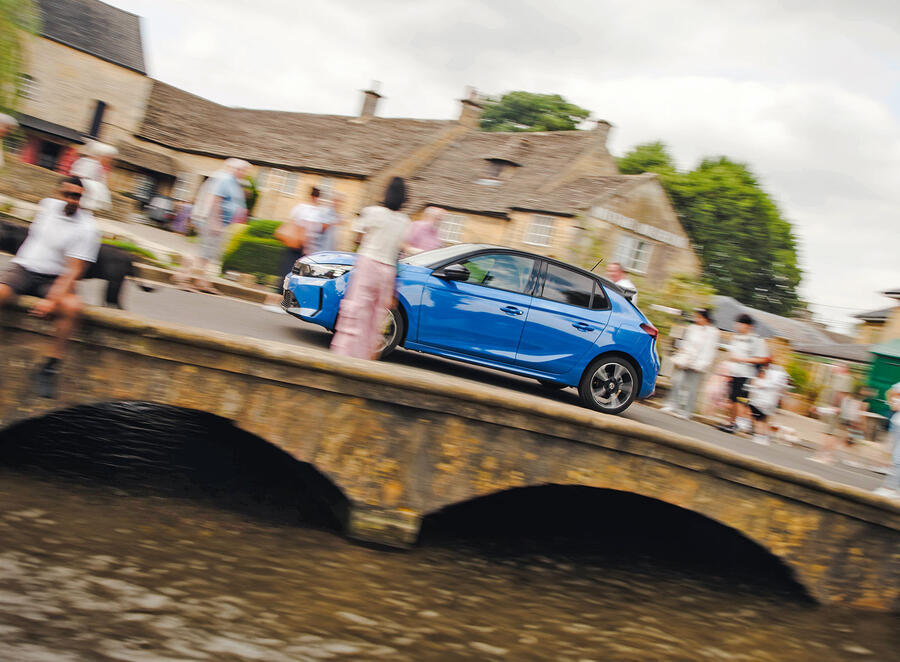
My first destination is the Atwell-Wilson Motor Museum in Calne, Wiltshire, on the opposite side of Chippenham to Castle Combe. It has been open since I was six but, appallingly, I haven’t been there before. I’m trying not to feel too bad about that, though, because Cropley only went for the first time this year too.
It’s sort of hiding behind a bungalow but, owing to the signage, you can’t miss it: a series of smart metal sheds on a gentle slope among some paddocks on the edge of the village. It’s quite unassuming but, friend, what treasures await.
One of its directors, Michael Bennett, meets me at the door to give me the tour. Bennett is far too modest to mention to me his role in keeping the museum going after the death of its founders, Richard and Hasell Atwell. He has been so pivotal that a new hall was recently named after him.
There was, says Bennett, no great plan when the collection began. The car that started it all off was a Buick Albemarle, which Richard Atwell bought for a fiver – and it’s still in the museum now. Then in 1972, Atwell began hiring out some nice cars for weddings – a service the museum still provides – and at the time “would take anything”, says Bennett.
I think they’re a little more discerning with their choices these days. Keke Rosberg’s 1985 Williams Formula 1 car joined the collection in February. But there’s still a vibrant diversity across more than 100 cars and motorcycles. “We get lots of cars donated,” explains Bennett.
Some of them are simply nice examples of cars you or your family might have owned or aspired to own, while others on display are more significant. There’s a Mini Cooper rallied by Paddy Hopkirk and one of three surviving ‘gearless’ Minis, a test bed made as part of Alec Issigonis’s 9X project, the car he hoped would replace the Mini but which was later canned.
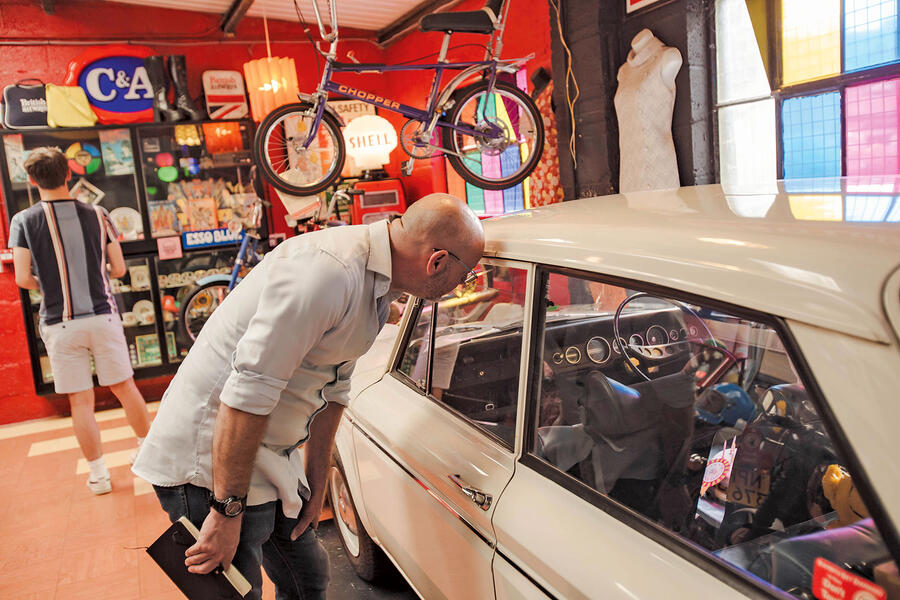
But giving my boat the most buoyancy is tucked around the back, in a rather smaller, more ramshackle shed built out of a former war department canteen by an Austin 7 enthusiast and special builder called Jack French. He was a founder of the 750 Motor Club some 75 years ago, and he built a special called Simplicity, which is still around today, before spreading the word about how he made it. Lots of people listened, and it gave birth to a motorsport revolution.
If you’re looking for the roots of what makes Britain the global home of motorsport and motorsport engineering that it is today, it’s nuggets such as this workshop, rediscovered in 2013 next to French’s former cottage, saved from the bulldozers, dismantled and then reassembled at the Atwell-Wilson Museum. It’s a sensational fragment of history.
Bennett tells me they’re better at this sort of thing than they are at marketing the museum itself. But it’s really busy with events and club visits, and it gets more than 5000 visitors a year, so they’re doing something right.
With the sun bright overhead, I say cheerio and head on to somewhere I know doesn’t want for visitors on a day like this: Bourton-on-the-Water, which is only 40 miles from Calne. You can make it a pleasant drive on good roads, so I do. Photographer Jack Harrison needs to take a few pictures anyway.
And I like the car. It has been a while since I drove any Corsa, which is down to circumstance rather than prejudice, but it’s another reminder of how much I enjoy small cars. At 4060mm long and 1765mm wide, the Corsa is firmly in what I consider to be the supermini size bracket, and they’re all five-door models these days.
By coincidence, Harrison is driving a manual, unhybridised Corsa, which will later give me a chance to sample the difference between that, at 1175kg, and the hybrid, at 1267kg. Sub-1300kg is still not a great deal, all told, so I’m getting quite into it on B-roads. It has what feels like quite high lateral limits, decent agility and a willing enough powertrain. Before long, though, I’m on a duller, busier road into Bourton.
I wonder how heavily Bourton gets marketed overseas, this ‘Venice of the Cotswolds’, because it clearly makes it onto foreign visitors’ tourist trails. Seemingly all of them, all at the same time today, so much so that although the Cotswold Motoring Museum is busy, it still feels like a haven from the wildness of Bourton central, which has people milling around it in a similar population density to that of Waterloo station on a Friday evening, but with more paddling and ice creams.
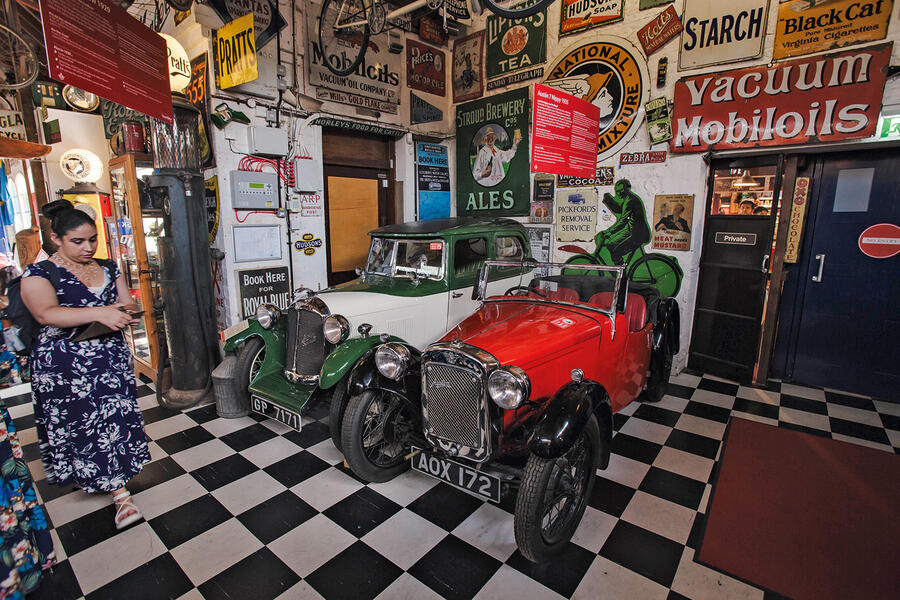
The museum is owned by Boundless (the Civil Service Motoring Association), and there’s a large toy collection, powered and pedal bikes, some caravans, toys and memorabilia.
With period tunes piped into its rooms, it goes big on nostalgia so feels atmospheric and very curated, to the extent that you could remove quite a lot of cars and still sell it as an attraction.
I’ve been before and will surely visit again, more likely in winter, when it’s quiet, because I also like model villages and penguins and cafes that do extravagant hot chocolates, and Bourton has them all (but no longer a model railway). But today we don’t dwell: there are still 135 miles to cover to reach Coningsby and our overnight stop.
Modern small cars are quiet, insulated and accommodating. The Corsa says it’s returning more than 50mpg as it settles into a cruise. I think the ride is fine, the stability is good and the interior fit and finish are up to scratch.
The ergonomics are mostly good, but I find it hard to stay comfortable, with either my arms too far from the wheel or my legs too close to the pedals.
I wonder if this is a facet of the Corsa being based on Stellantis’s CMP platform, which also underpins the Peugeot 208. That car’s i-Cockpit layout encourages you to site the steering wheel curiously low so you can see the instruments.
The Corsa has conventional dials, and all is fine with them, but I find myself shuffling my seating position around an unusually frequent amount. I mention it to Harrison that evening, because it could be just me, but he says he finds similar.
Still, I would make a sizeable bet that the Corsa is several times more comfortable than some of the vehicles that meet us the next morning at The Bubblecar Museum, in Lanrick, near Boston.
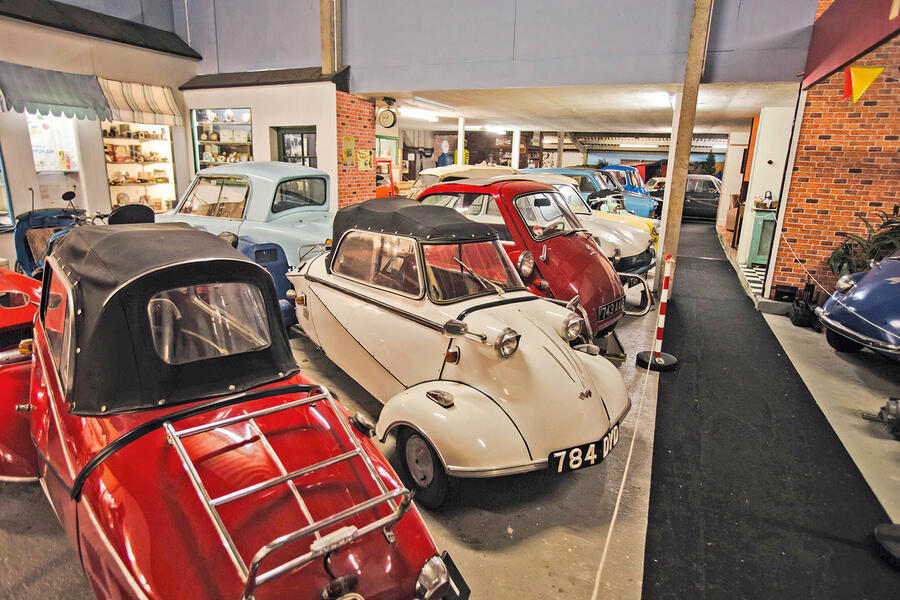
We’re met and given an entertaining tour by Paula Cooper, who, with her husband, used to run a Citroën 2CV business in Somerset, including doing some 2CV racing, before relocating to Lincolnshire and deciding that the UK really should have its own microcar museum. And quite right too.
There’s period memorabilia and non-motoring displays, but unlike the Cotswolds museum, this isn’t one that would cope if you removed the wheeled exhibits. There are just too many and they’re just too good – as exhibits, if not necessarily all as actual pieces of transport.
They have been diligently sourced and are looked after not in concours condition but kept the way you or your relatives will remember them, maintained so that “everything is in running order”, says Cooper.
The museum offers rides – 15 minutes for £15 – or gift vouchers that give you entry, tea, cake and a bubble car ride for £22, which is as good a use of £22 as I can think, given that the outlay also includes the words ‘tea’ and ‘cake’.
On which note, RAF Coningsby is around the corner and we haven’t had breakfast. This is one of the busier RAF bases, so if you want to watch Eurofighter Typhoons landing over a fried egg bap, I can recommend it.
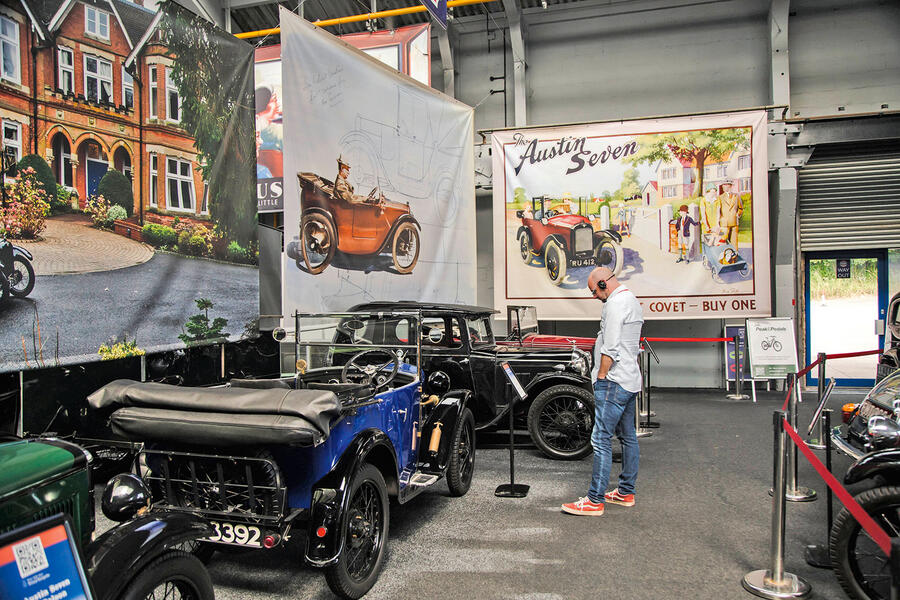
I enjoy driving in this part of the world. Even at times of the day that would in leafy Oxfordshire have me stationary in rush-hour traffic for way longer than I would like, in the Fens and the Wolds you still make progress – and often only in a car.
I think more politicians who make calls on transport policies and costs should spend time in areas like this. I’m not confident that enough do.
I’ve chosen to have a short go in Harrison’s Corsa. He was right last night when he said it rode better. I’m enjoying the hybrid well enough, but there’s an extra light-footedness to the manual, non-hybrid variant, shorn of nearly 10% of the hybrid’s weight.
It’s also three grand cheaper, although it only returns 53.3mpg (with 120g/km of CO2) to the hybrid’s 60mpg-plus on the WLTP test cycle in the wild.
Ultimately, I’m happy to be back in a hybrid for a less entertaining slog east to west across the country – not a direction of travel the UK typically does well. It takes nearly two hours by car (or at least double by public transport).
We swap Lincolnshire’s near-American wilderness feel for something grittier. Stone masonry becomes greyer, I pass a pub called The Excavator and a town called Sawmills. And in Belper, Derbyshire, we arrive at our final destination: the Great British Car Journey.
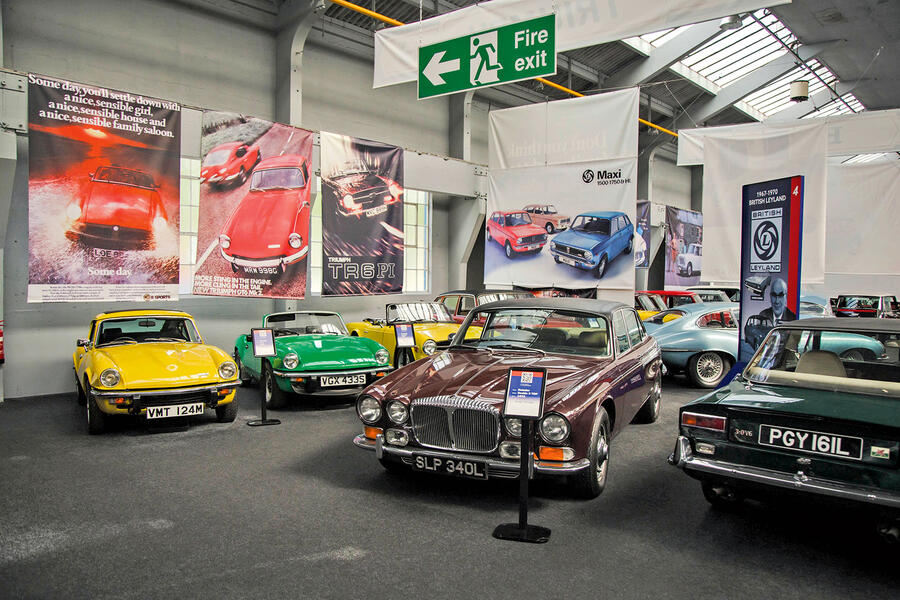
It’s a newish museum established by a mate of mine and this magazine’s, Richard Usher, who did well out of Auto Windscreens and later bought Blyton Park, later sold to Ginetta. He also owns what most of us would consider a daunting proportion of the 150-plus cars at the GBCJ, which opened in May 2021.
Compared with all of our other museums, it’s an organised one. It’s ‘NOT a random selection’, according to the website. Visitors get a tablet guide with audio headset and there are nine ‘chapters’ taking you through the history of the British-made car, much of it glorious, some of it not. “Does any other nation have a history of building such dismal cars?” asks Harrison, perhaps – or perhaps not – unkindly.
It’s a reminder Britain also made, and still does make, some great ones, too (and GBCJ sells some outstanding Autocar cover art featuring them; link over to the right). There are some absolute belters, from Bristols and Jaguars to Lotuses, TVRs and more. Typically we rush it, but you could spend half a day or more.
It also includes the chance to ‘Drive Dad’s Car’. More than 50 cars are on the menu to pick and drive on site, with the fee to do so including museum access. Fun in itself but also a good way to decide if you really do want to buy a particular classic. I may well go back and do that.
In the meantime, back to the Corsa. Two entertaining days, four entertaining museums and a reminder to myself on the next quiet Saturday: get up, get out and go visit
More must-visits
Britain isn’t exactly short of motoring museums, from the grand, like the British Motor Museum at Gaydon or National Motor Museum at Beaulieu, through to the tiny and quaint, like the Myreton Motor Museum, half an hour east of Edinburgh, between the small coastal towns of Aberlady and Gullane.
It’s a £10 (cash only) museum that still manages to be open on every day of the year except Christmas Day and which I stumbled across by accident when in the area. I found it amazingly compelling.
I think the rise of the car ‘destination’ has helped. People don’t go just for a drive; they go to somewhere, stop, chat and drink poncy expensive coffees. Me included. As a result, you end up with new ventures such as County Classics in Taunton, Britain’s newest motor museum, while showrooms like Retro Sect in Tewkesbury can end up being mini-museums of their own.
Those two are on my list of places to go, as is the Museum of Land Speed, alongside the seven miles of Pendine Sands in Carmarthenshire, host of land speed record attempts a century ago.

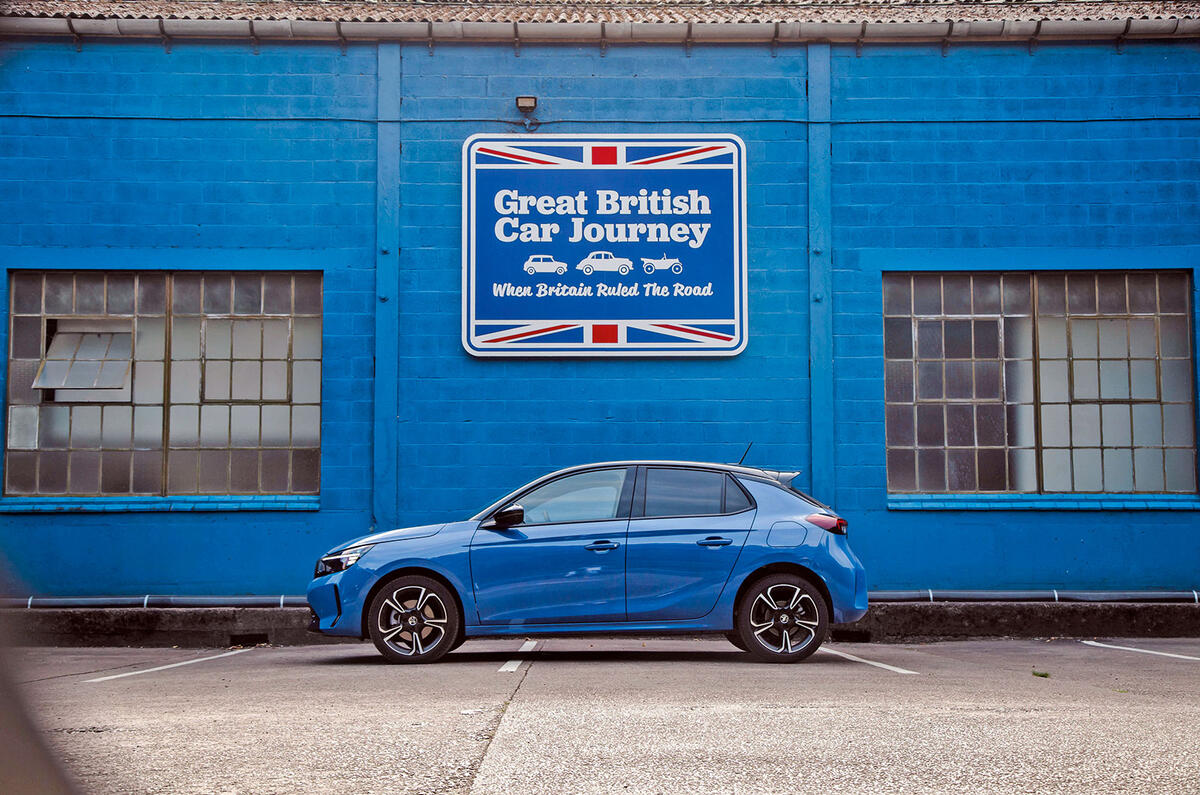
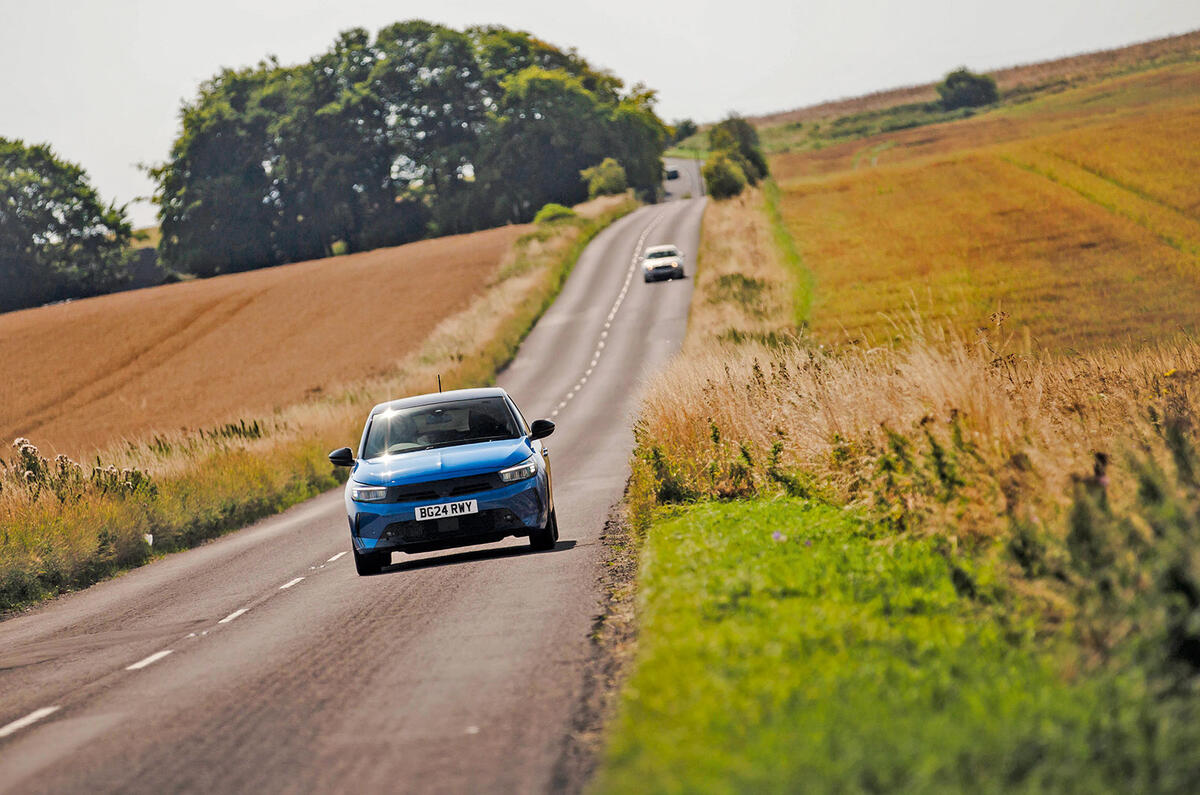
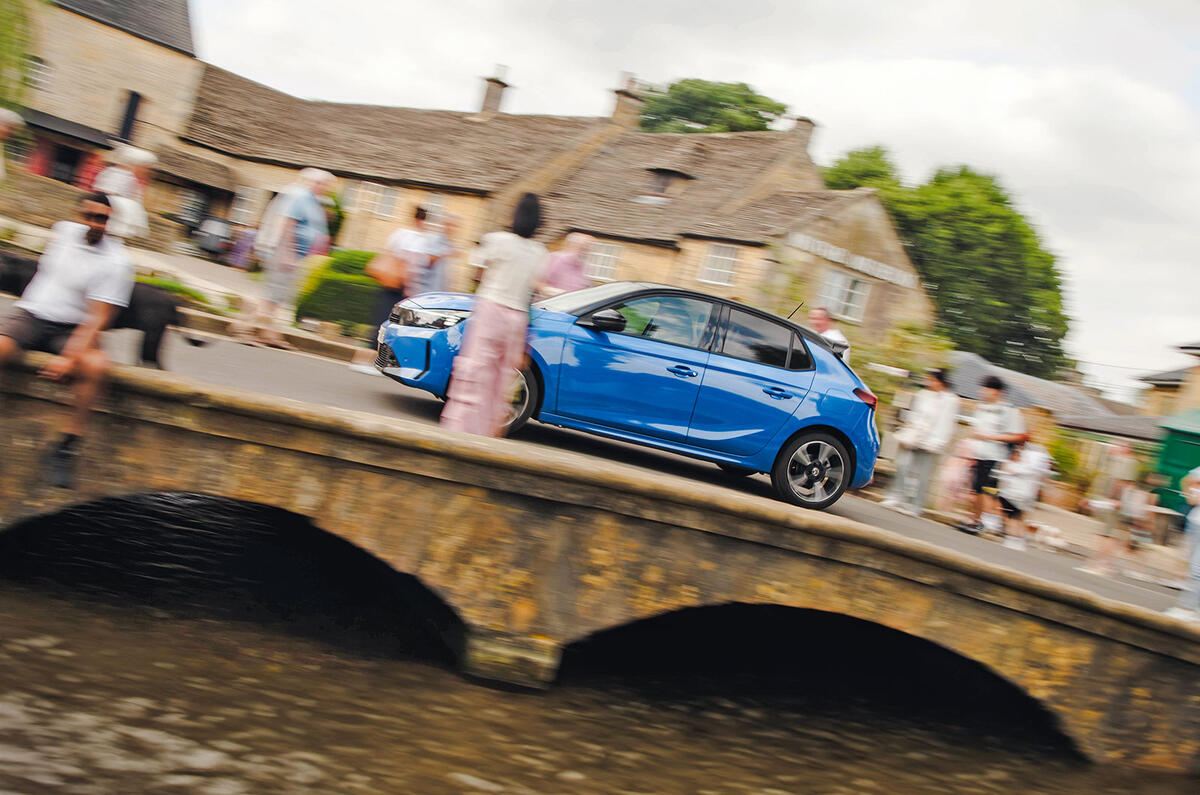
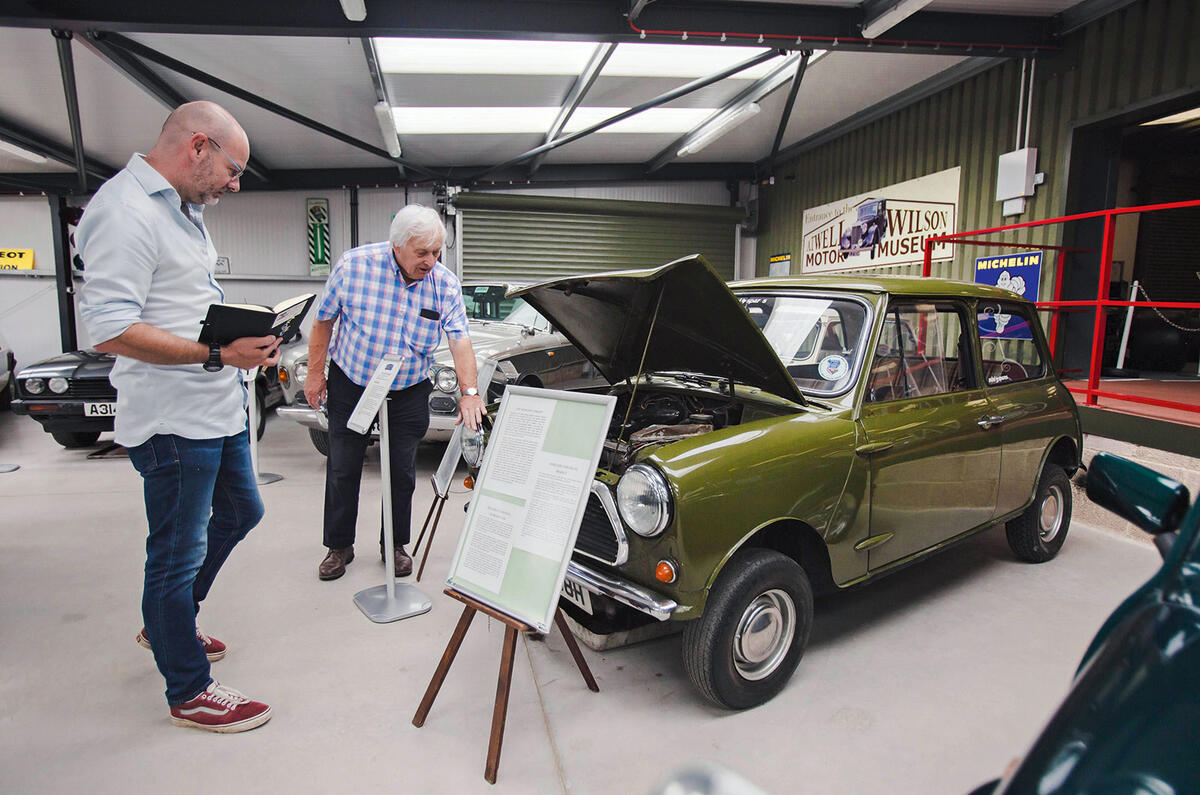
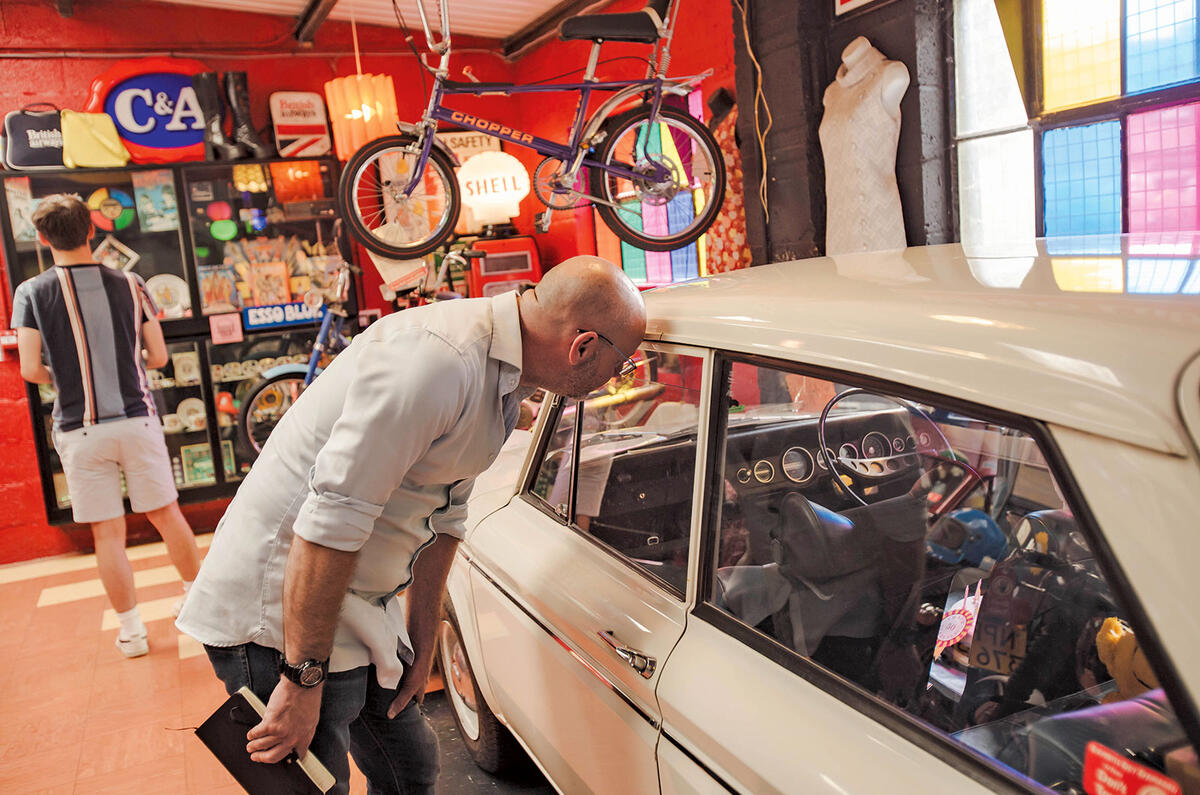
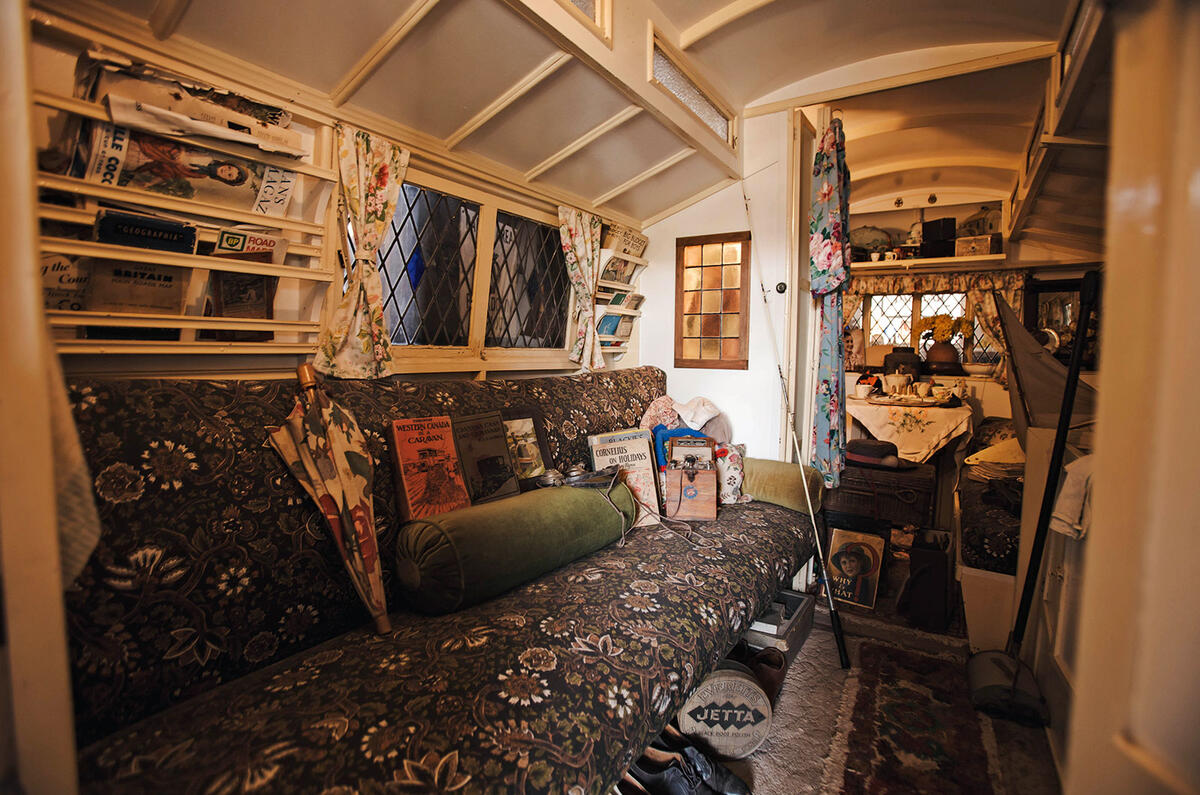
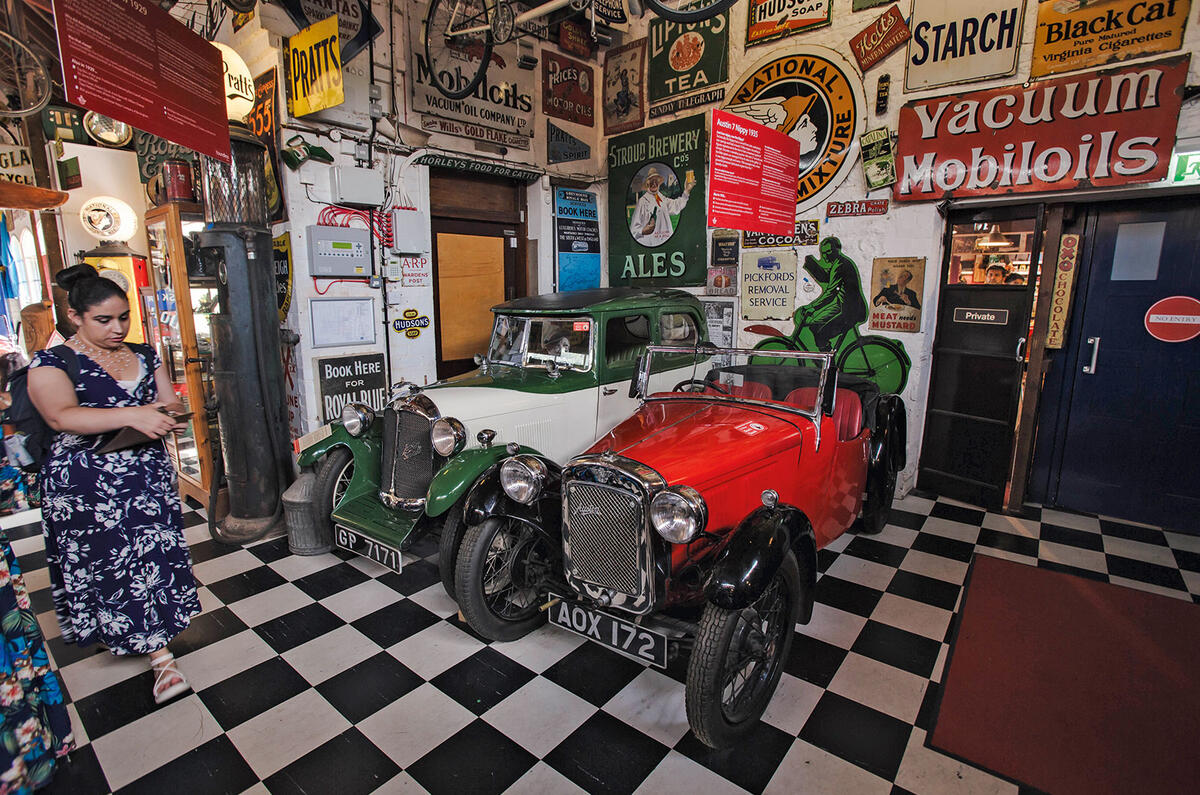
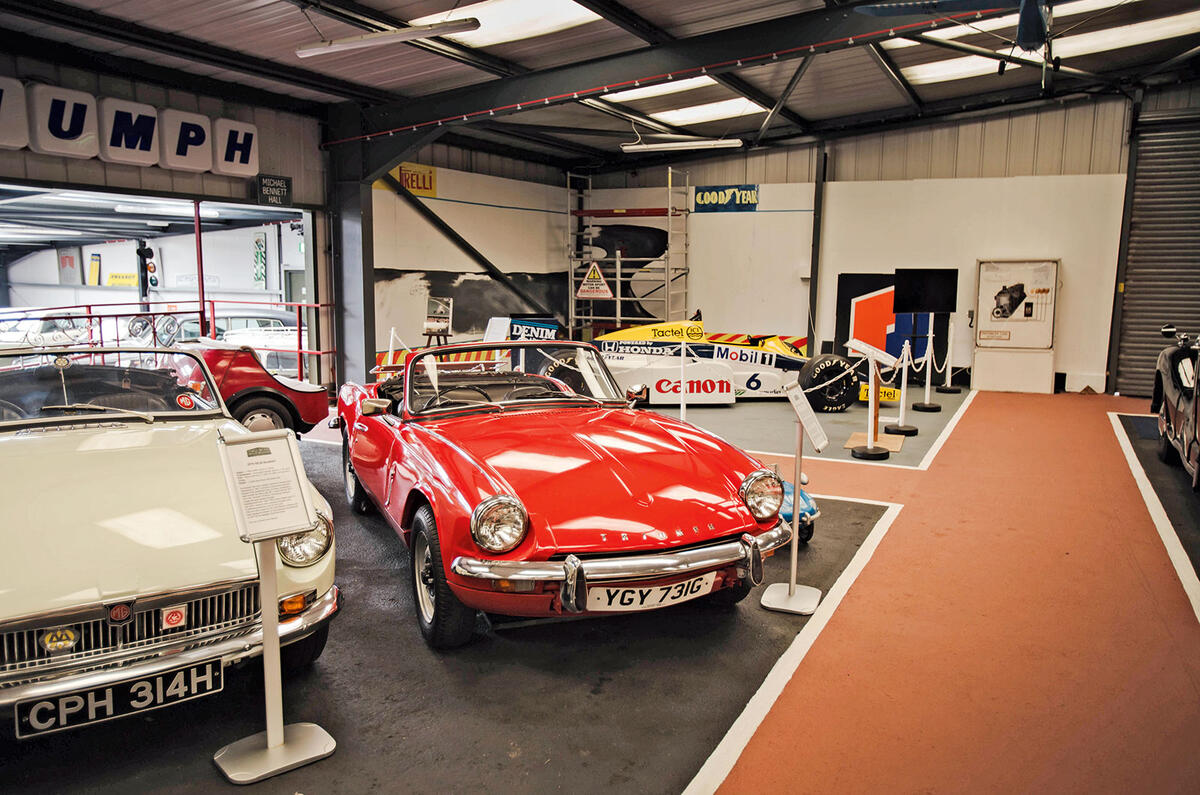
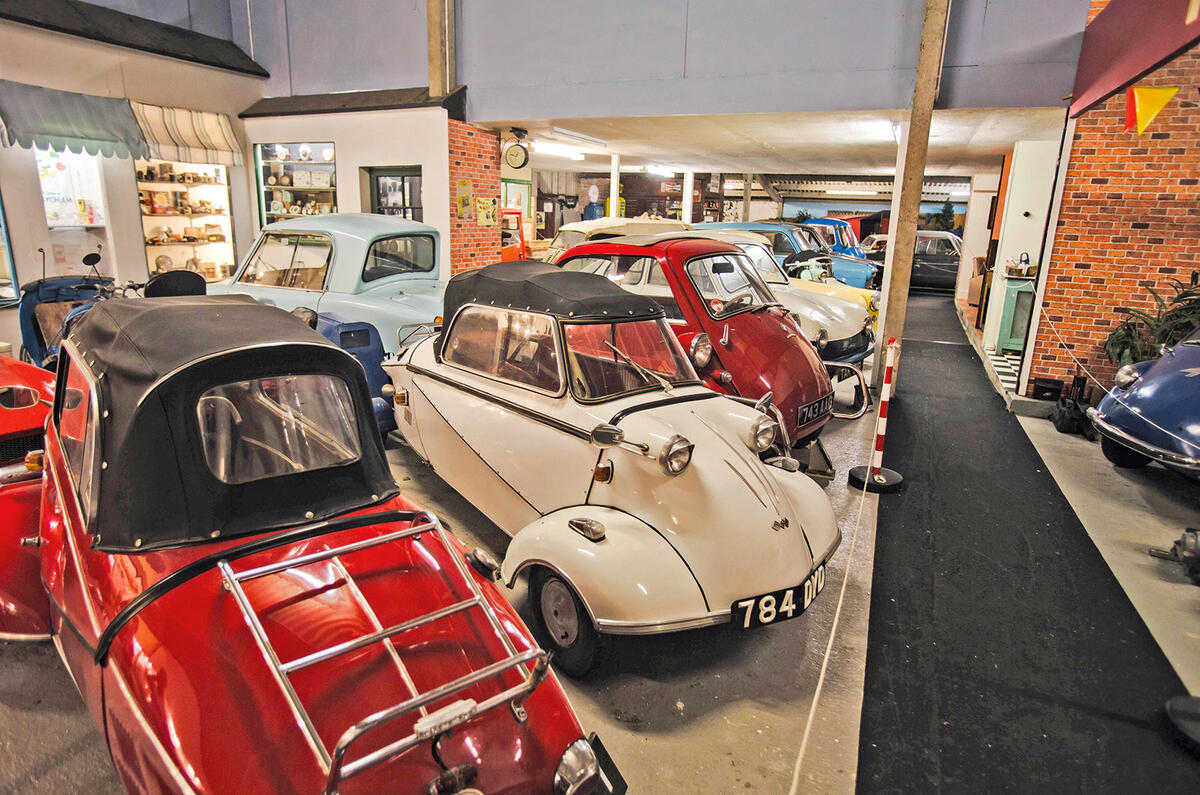
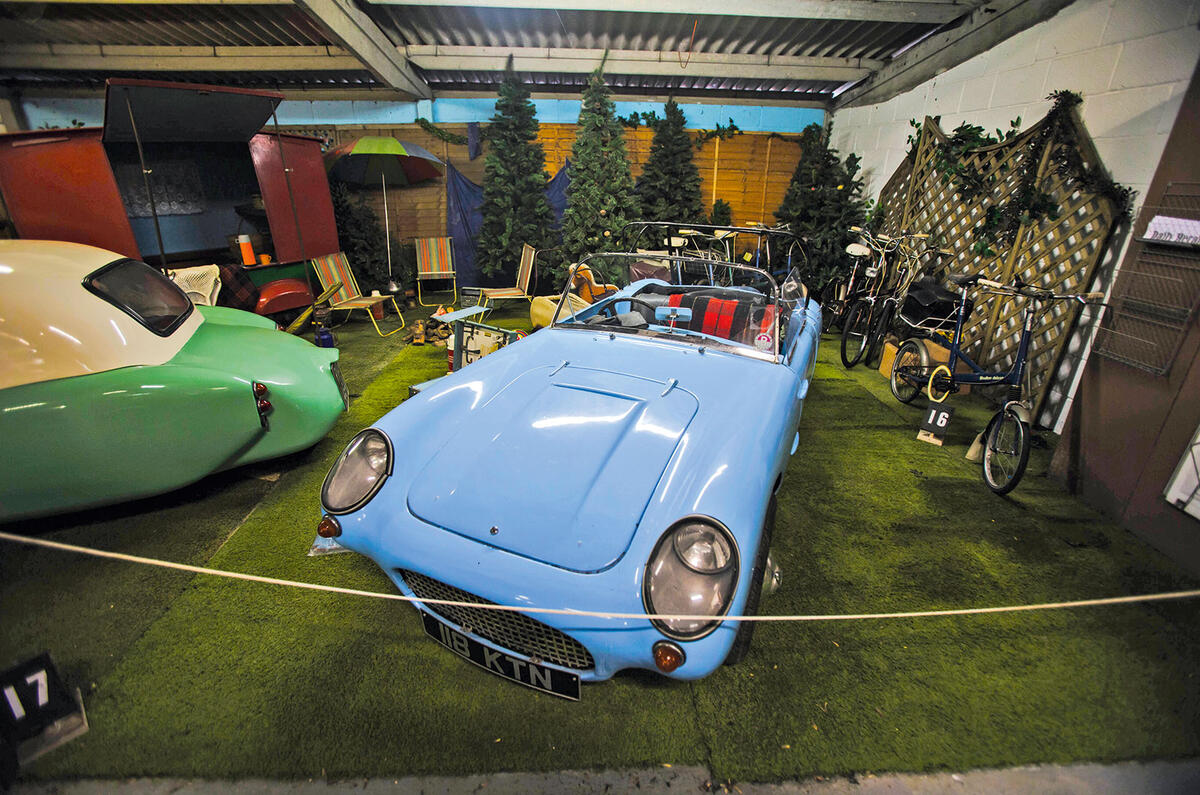
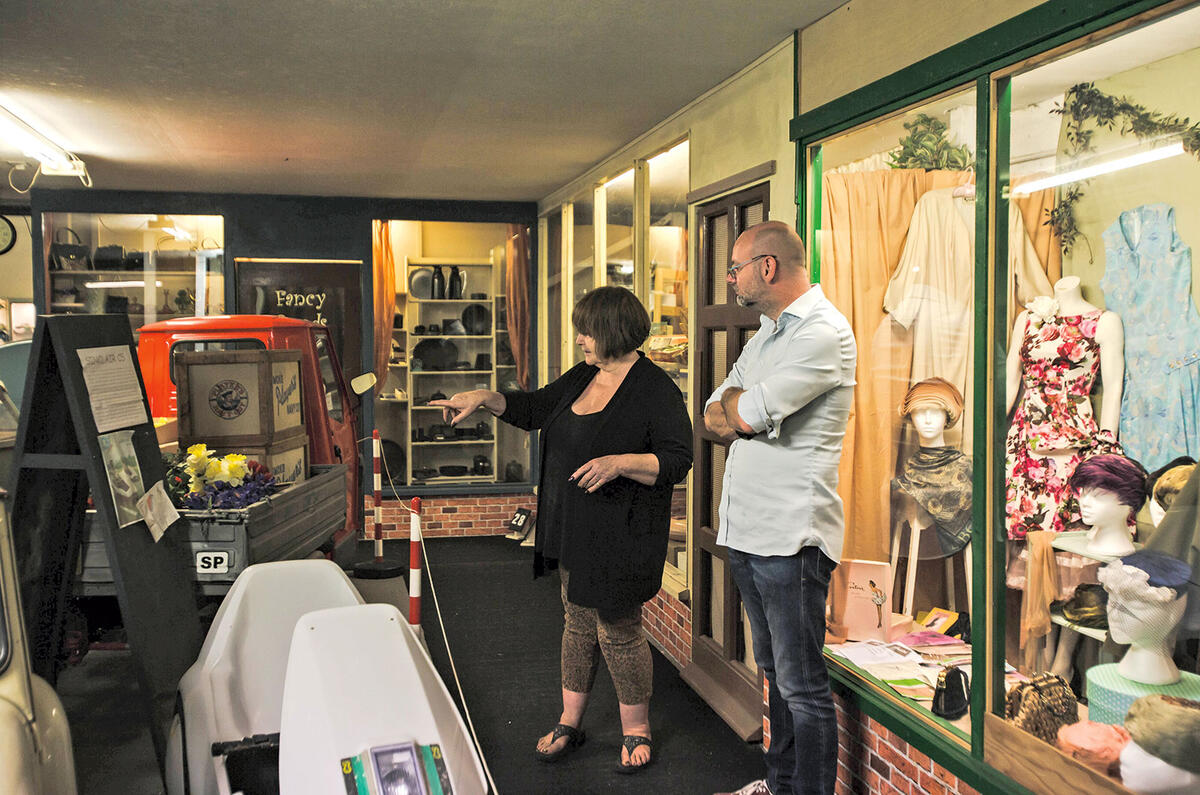
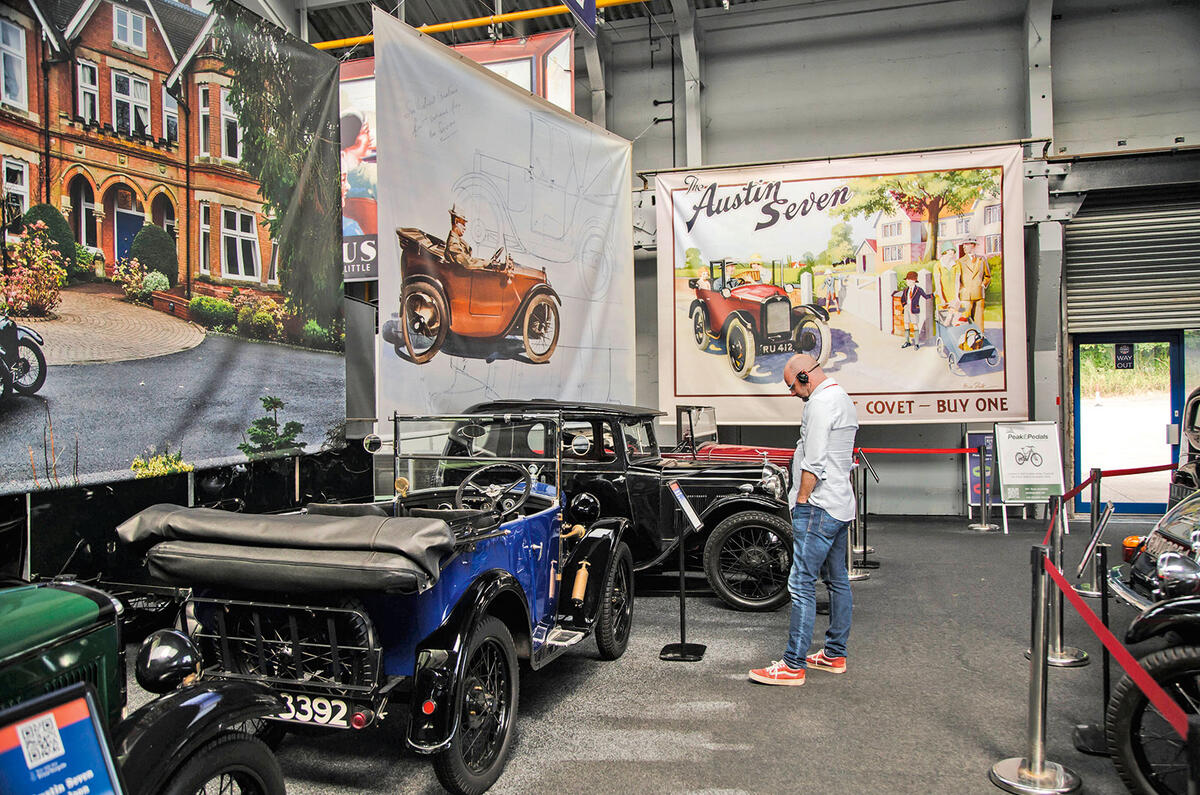
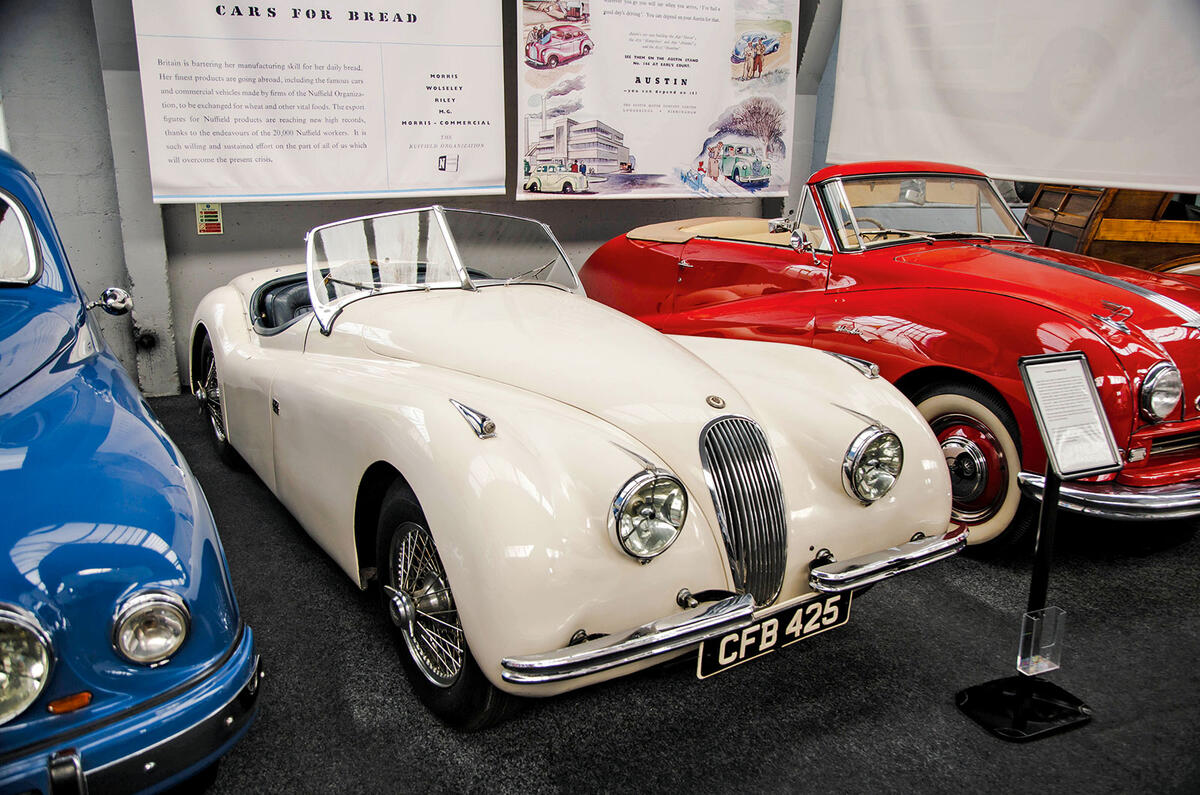
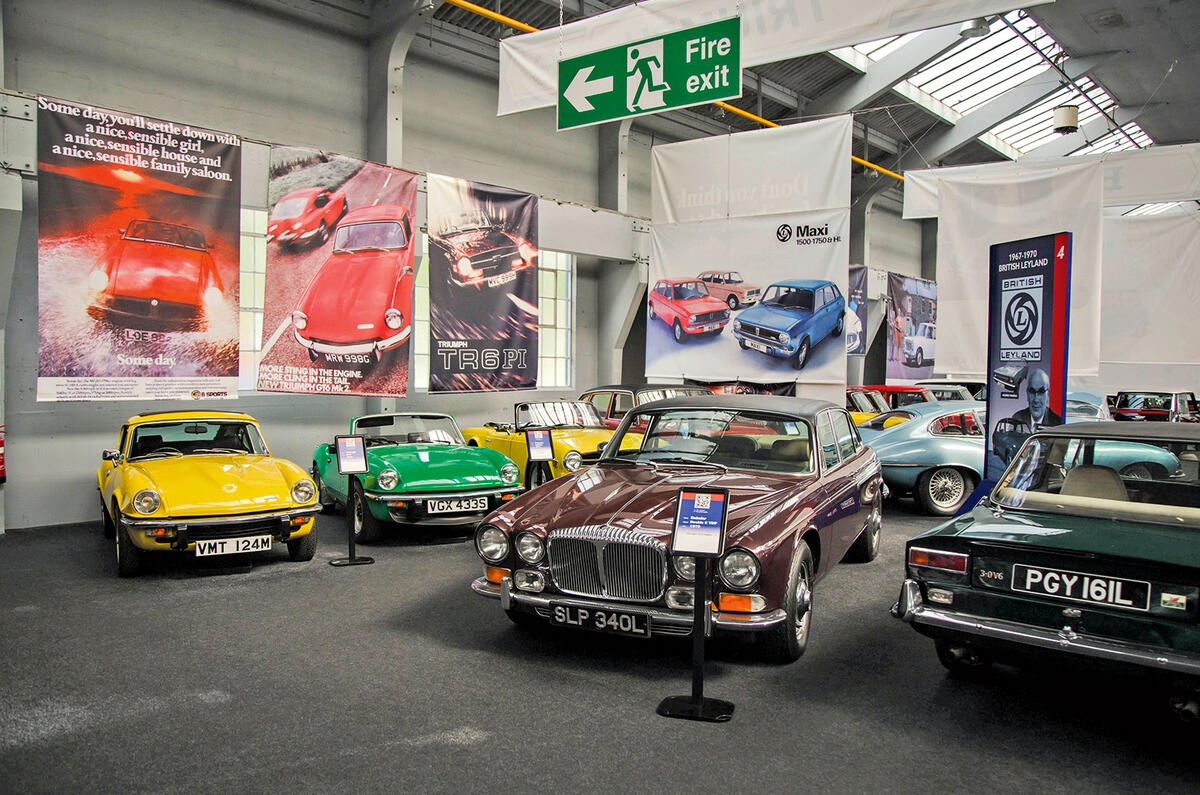

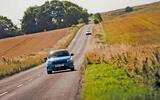
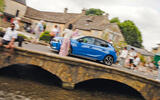
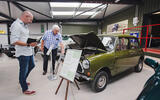
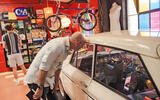

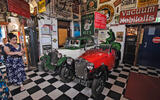
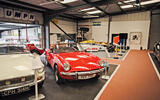
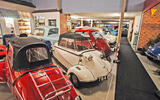
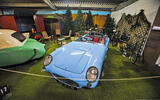


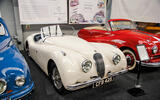
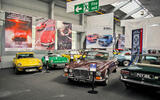





Join the debate
Add your comment
Moray Motor Museum in Elgin is one definitely worth a visit. Small, family owned and friendly, only cost 6 Quid including a hot drink !
Glasgow's Transport museum is another one worth visiting if you up that way. Big, busy and free.
Personally I prefer the spit no polish type of museum and miss Mouldsworth Motor Museum.
Thanks for saving us from a quote from some Vauxhall product manager or similar. The Corsa might as well be renamed 'generic rental car'.